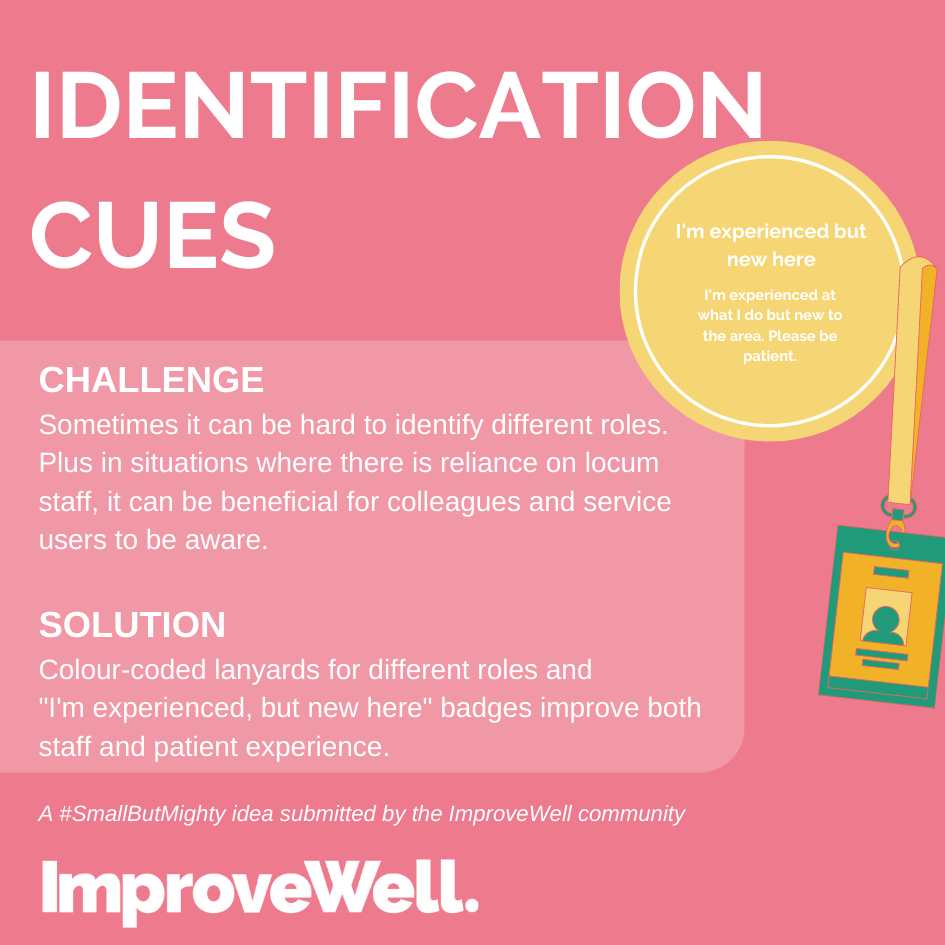Everyday innovation: the power of small but mighty improvements

What the storyteller Aesop can teach us about everyday innovation
Sometimes we need to think about things from an entirely different angle. Indeed, possibly someone else’s angle. Which is how we come to Greek storyteller, Aesop.
One of Aesop’s best-loved fables tells the tale of a disagreement between the north wind and the sun. Who was strongest? Surely the sun could be no match for the wind in stripping a traveller of his cloak? And the story goes that they decided to battle it out.
The north wind did as the north wind does best – it blew and blew – creating huge gusts to try and force the cloak off the traveller. Then the sun did what the sun does best – it shone brightly and fiercely. But it didn’t try to force the traveller into change – rather, through ‘gentle persuasion’, it encouraged the traveller to remove the cloak. And it did so successfully.
Arguably, it’s not really about the sun. Or the north wind for that matter. It’s about the man weighing things up from his perspective and deciding on the best course of action for him. Thinking laterally.
Without labouring the analogy, the same can be said of the workplace. No one knows better how to address the challenges faced by the workforce in their day-to-day work than the workforce themselves. Top-down change directives from senior leadership are often met with resistance. ‘How could the north wind know what’s best for us?’ Indeed, it’s hard to envisage how senior leadership could understand the intricacies of each micro-environment within a large organisation. Even the sun, there to gently persuade rather than force, only has a top-down view.
What does this have to do with everyday innovation?
When we think of innovation, we often associate it with the activity of some great scientist, engineer, tech-guru or radical disrupter. A single lightbulb moment. Or possibly a transformative gust from the north wind. We don’t generally think of ourselves as innovators in our day-to-day surroundings. And yet, innovation includes not just the novel invention and the major shifts – it also encapsulates smaller, incremental changes and gradual improvements.
From the World Health Organisation (WHO) to technology giant IBM, definitions of healthcare innovation include not just the big new, shiny ideas, but crucially the smaller enhancements. For WHO, health innovation is ‘a new or improved solution with the transformative ability to accelerate positive health impact’; whilst IBM states ’any developments, simple or complex, that lead to improvements in health outcomes and patient experiences are healthcare innovations.’
Innovations in healthcare are therefore developments. They are driven by ideas – sometimes novel, sometimes enhanced – that change and improve the delivery, quality and efficiency of healthcare services. And crucially, these ideas can come from anywhere – including the frontline.
More often than not, those on the frontline of health and care are poised and ready to suggest quick wins whose very existence derives from actually being there. Small but Mighty ideas, as we like to call them, that can make a big impact to workflow, staff experience and service delivery. And these ‘everyday innovations’ can power change on a larger scale – with the smaller improvements culminating into something bigger than the whole, as people feel both the benefit of the changes made, and the reward of empowerment. As people bask in the sunshine of an environment that permits them to be agents for everyday innovation.
Why is everyday innovation in health and care important?
It’s no secret that health and care systems globally are under increasing pressure to deliver better care at lower cost, against a backdrop of ageing populations, funding pressures, an overstretched and burnt-out workforce, ever-growing waiting lists, regulatory changes and healthcare inequalities.
Gathering real-time insights from those at the sharp end of care delivery, monitoring staff experience and involving the workforce and wider stakeholders in service improvement has never been more vital. Indeed, ‘successful leaders work in partnership with staff, giving them a voice, involving them in decision-making and empowering them to improve care,’ states The King’s Fund, Courage of Compassion Report, 2020. We need to think differently about how we deliver healthcare in order to deliver the system transformation needed to meet increasing demands, deliver improved patient outcomes and address the workforce crisis.
And yet, despite innovation often being cited as a way to address the increasing challenges in the NHS, there’s often lack of clarity around what innovation actually is and how to deliver it successfully. As mentioned, innovation is often regarded as synonymous with grand new inventions or cutting-edge technology rather than everyday innovation, which is probably just as important and transformative. If not more. This misunderstanding is often coupled with a lack of clarity around who ‘should’ be innovating and how it ‘should’ be done. The north wind? The sun? Or the traveller himself? We must remove these barriers if we are to succeed in innovating across the NHS to improve patient care.
An article in the Future Healthcare Journal, Promoting innovation in healthcare, asserts that ‘many NHS staff have great ideas for improving the system and patient experience. If we are to realise the benefits from this, we must create a culture where innovation can flourish, and where our staff and patients feel empowered to contribute to the innovation process and help make change happen’.
How can we make everyday innovation part of the fabric of health and care organisations?
In 2021, the Care Quality Commission and the Accelerated Access Collaborative (along with over 60 other healthcare organisations) published a report Enabling innovation and adoption in health and social care – Developing a shared view. The report found that there are six principles that should be followed if providers are to be more efficient at innovating:
- Develop and deploy innovations with the people that will use them
- Develop a culture where innovation can happen
- Support your people
- Adopt the best ideas and share your learning
- Focus on outcomes and impact
- Be flexible when managing change
As Dr Sue Goodfellow, GP and Improvement Advisor to NHS Wales, (and former ImproveWell partner at Dragon’s Heart Hospital in Wales) says: ‘You shouldn’t use top-down diktats unless you have to, unless it’s something that’s critical. Instead, ask staff to inform what needs to change, then take their ideas and make things better. So, it’s bottom up, with little bit of top down. Arguably you get the best of improvement by doing a bit of both.’
Innovation can become complex, costly, and lengthy – especially for large-scale implementations. However, simple and cost-effective ideas that can be implemented quickly and painlessly can be hugely powerful.
At ImproveWell we recognise that those on the frontline are best placed to understand the challenges faced every day and to develop solutions. From micro improvements to breakthrough redesign, they are natural innovators.
And our streamlined platform provides a space for the frontline to submit ideas for innovation and improvement 24/7, it is driving small but mighty innovation across many different healthcare settings. Here are just a few examples:






From easy time- or cost-saving solutions to the large-scale evolution of a service or the implementation of a new technology to deliver better clinical care, it enables everyone can take part in innovation – the sun, the north wind and the traveller.
Aesop would have agreed, we’re certain.
